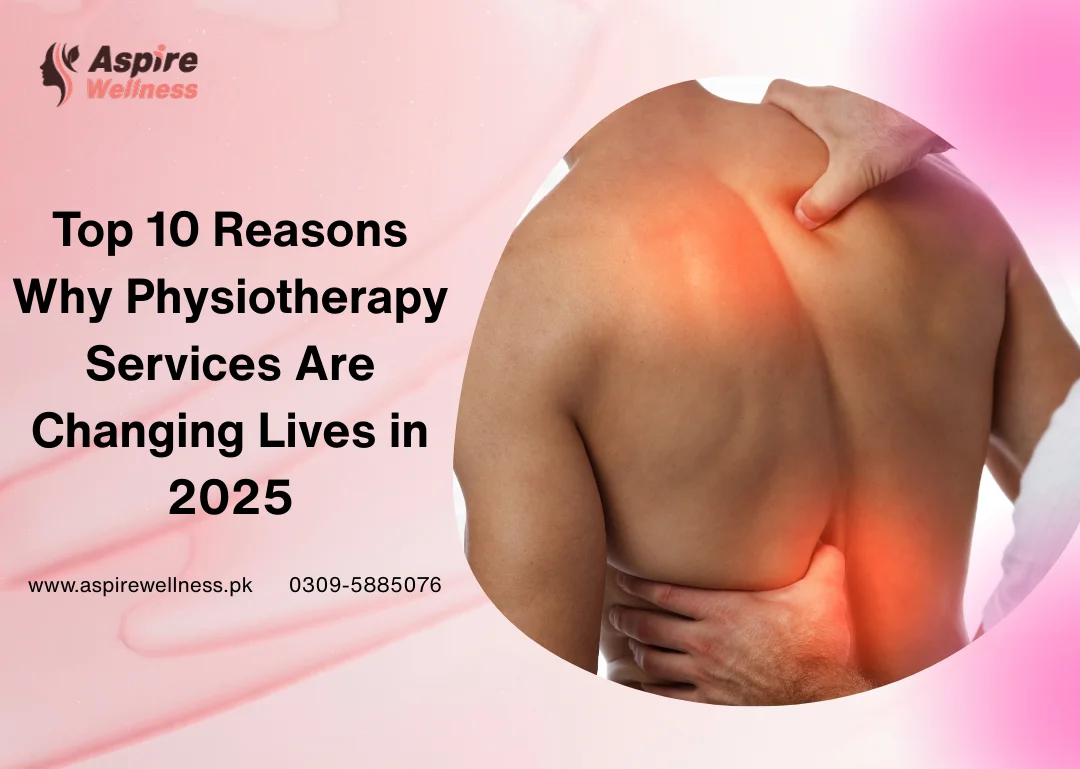Many players think physiotherapy is only needed after they get injured.
But in padel tennis, physio is one of the best tools to prevent injuries, improve technique, and boost performance long before pain appears.
Padel involves fast movements, rotation, lunges, smashes, jumps, and quick direction changes. These actions put a lot of stress on your:
-
shoulders
-
elbows
-
wrists
-
knees
-
hips
-
back
-
ankles
If you don’t have proper strength or mobility, these movements lead to stiffness, weakness, and long-term injuries.
Physiotherapy helps you stay strong, flexible, and pain-free — so you can play better and play longer.
1. Why Padel Players Get Injured
Padel looks simple, but the body works extremely hard during every rally. Here are the main reasons players get injured:
1. High Repetition
Repeated smashes, volleys, and gripping overload the shoulders, elbows, and wrists.
2. Explosive Movements
Quick sprints, lunges, jumps, and rotations stress the hips, knees, and spine.
3. Weak Strength & Mobility
Many recreational players do not train off-court, causing muscle imbalance and poor stability.
4. Poor Technique
Wrong footwork, incorrect racket grip, or faulty smash mechanics increase injury risk.
5. Overplaying Without Recovery
Frequent matches without rest lead to inflammation and chronic pain.
Physiotherapy helps you correct movement, build stability, and prevent these common issues.
2. What Is Physio for Padel Tennis?
Physio for padel tennis focuses on improving the way your body moves during the game.
It helps you:
-
prevent padel-related injuries
-
improve mobility
-
increase strength
-
recover faster
-
improve power and agility
-
fix movement mistakes
-
stay pain-free
A sports physiotherapist understands padel-specific movements like:
-
overhead smashes
-
wrist control
-
shoulder rotation
-
sudden lunges
-
quick direction changes
That means your treatment is designed specifically for the demands of padel.
Physio Includes:
-
Hands-on therapy
-
Stretching & mobility exercises
-
Strength training
-
Core and stability work
-
Tape or strapping if needed
-
Rehab programs for injuries
-
Performance-enhancement exercises
3. Benefits of Physiotherapy for Padel Players
3.1 Injury Prevention
A physio helps you:
-
improve technique
-
strengthen weak muscles
-
fix posture and movement
-
reduce stress on joints
-
improve grip & shoulder mechanics
This lowers your risk of:
-
padel tennis elbow
-
shoulder pain
-
wrist strain
-
knee and ankle problems
-
lower back stiffness
3.2 Better Mobility
Mobility is crucial for:
-
lunging
-
rotating
-
smashing
-
reaching for fast shots
Physio improves mobility in:
-
shoulders
-
hips
-
ankles
-
upper back
Better mobility = fewer injuries + smoother movement.
3.3 More Strength & Power
Padel requires:
-
strong core
-
stable shoulders
-
powerful legs
-
quick reactions
Physiotherapy helps you train these areas, making your shots stronger and your movements faster.
4. Common Injuries Physio Can Treat
Padel players often experience:
Shoulder Pain
From repeated overhead shots.
Tennis Elbow
Due to gripping and racket vibrations.
Wrist Pain
From blocks, volleys, and topspin shots.
Knee Pain
From lunging and sudden stopping.
Ankle Sprains
From rapid side movements.
Lower Back Pain
From constant twisting.
Hip Tightness
From repetitive lunges.
A physiotherapist reduces pain and strengthens the muscles needed to prevent the problem from returning.
5. Best Physio Exercises for Padel Players
Here are simple, effective exercises recommended by sports physios:
Shoulders
-
Band external rotations
-
Scapular squeezes
-
Overhead mobility circles
Forearm & Wrist
-
Wrist curls
-
Grip strengthening
-
Forearm stretches
Knees & Ankles
-
Single-leg balance
-
Lunges
-
Ankle mobility drills
Core & Power
-
Planks
-
Side planks
-
Rotational core exercises
-
Small jumps or hops
Do these regularly to stay strong, stable, and injury-free.
6. How Physio Improves Technique
A physiotherapist looks at:
-
footwork
-
landing mechanics
-
smash mechanics
-
shoulder control
-
grip strength
-
core stability
This helps prevent injuries and improves overall performance.
7. When to See a Physio
See a physiotherapist if you feel:
-
pain lasting more than 48 hours
-
sharp pain during smashes
-
wrist or elbow pain
-
knee or ankle instability
-
back stiffness
-
reduced mobility
-
swelling after playing
Early treatment prevents long-term damage.
8. Warm-Up Routine Before Playing
Spend just 8 minutes on:
-
jogging
-
shoulder circles
-
hip mobility
-
wrist warm-ups
-
lunges
-
fast footwork drills
This prepares your joints and reduces injury risk.
9. Cooldown Routine After Playing
Stretch these after every match:
-
hamstrings
-
quads
-
hip flexors
-
shoulders
-
forearms
-
calves
This reduces tightness and soreness.
10. Final Thoughts
Padel is fun, fast, and intense — but it also puts a lot of stress on your body.
With proper physiotherapy, you can:
-
prevent injuries
-
improve your movement
-
boost power
-
play pain-free
-
perform better
-
extend your playing lifespan
Whether you’re a beginner or an advanced player, physio for padel tennis is essential for staying healthy and improving your game.
- Clinic Name: Aspire Wellness
- Address: DHA Phase 2 Ext Karachi
- Phone Number: 03095885076
- Website: https://aspirewellness.pk
- Google Maps URL: https://maps.app.goo.gl/QF5LJZUkJTRgnR2TA








